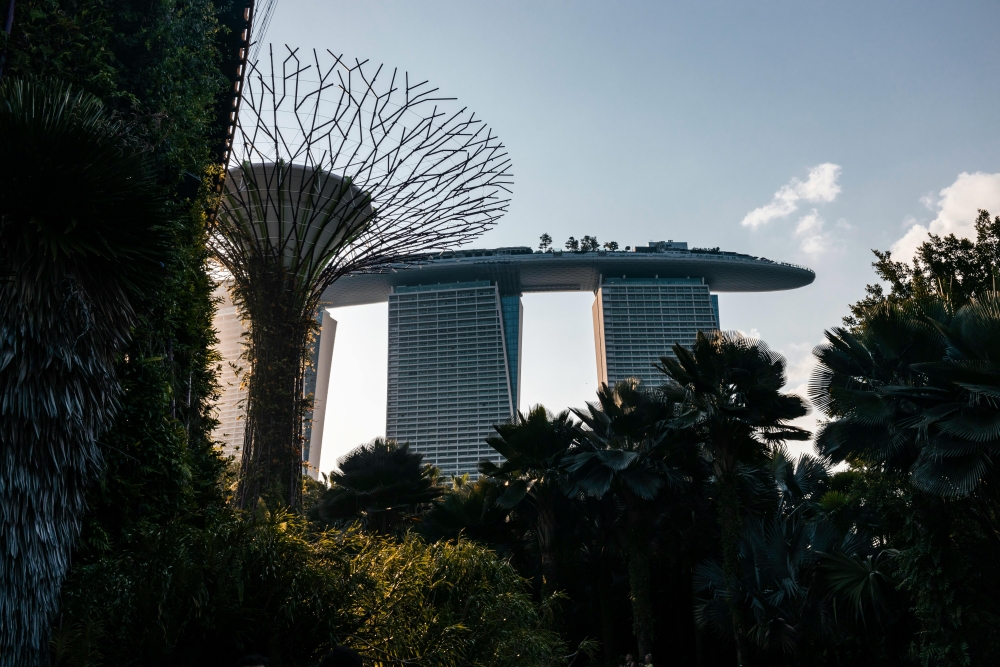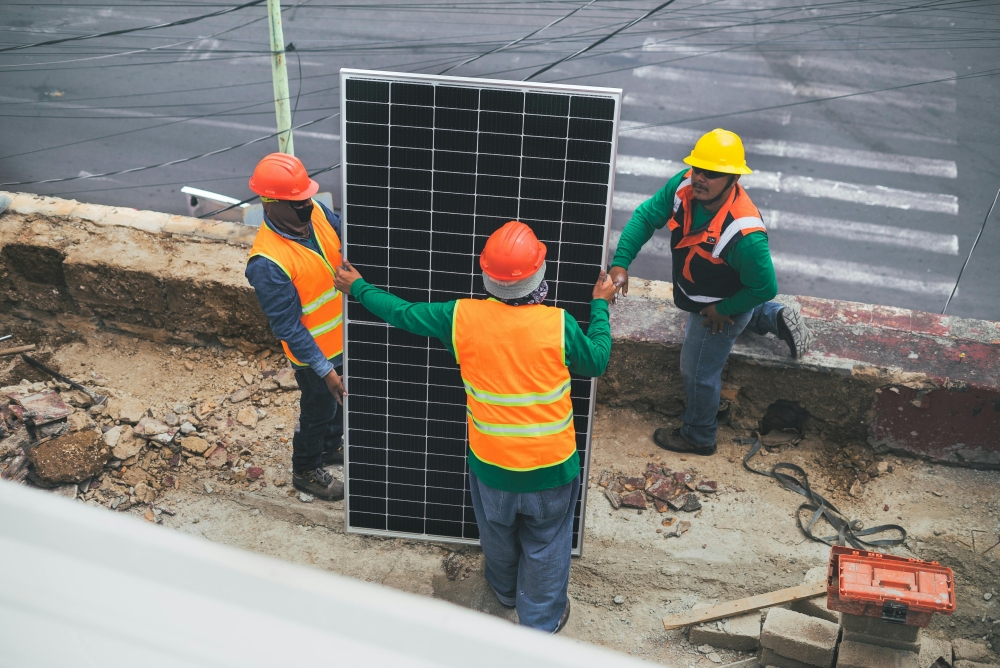
The global shift towards sustainable urban development is gaining momentum, with renewable energy playing an increasingly pivotal role in shaping future cities. As urban populations grow and energy demands surge, the integration of green energy solutions has become more than just an environmental imperative; it is a strategic necessity for creating resilient, liveable, and sustainable urban environments.
But how can we effectively weave renewable energy into the fabric of our cities? How can we leverage tools like Renewable Energy Certificates (RECs) to drive urban sustainability? This article delves into the strategies and solutions that are shaping the future of green urban planning.
The Role of Renewable Energy in Urban Areas
Renewable energy, in its various forms, holds the key to unlocking a greener and more sustainable urban future. From solar panels adorning rooftops to wind turbines dotting the landscape, these technologies are not merely sources of clean energy but integral components of modern urban infrastructure.
Within this landscape, RECs play a crucial role. These certificates serve as a traceable record of renewable energy generation, allowing urban planners and developers to verify the origin of their electricity and demonstrate their commitment to sustainability. RECs are a versatile tool applicable to a wide range of urban projects, from residential and commercial buildings to public infrastructure and transportation systems.
By integrating RECs into urban planning, cities can effectively track and manage their renewable energy consumption, set ambitious sustainability targets, and contribute to a greener future.
Strategies for Integration: Weaving RECs into the Urban Fabric
The integration of RECs into urban planning requires a multifaceted approach, encompassing a range of strategies and initiatives. Here are some key approaches that are paving the way for sustainable cities:
- Public-Private Partnerships: Collaborations between government bodies and private entities can unlock significant investment in renewable energy projects. By pooling resources, expertise, and knowledge, these partnerships can accelerate the deployment of renewable energy infrastructure within cities.
- Incentives for Green Buildings: Governments and local authorities can introduce incentives, such as tax breaks or expedited permitting processes, to encourage the construction of green infrastructure that incorporates renewable energy technologies and utilise RECs.
- Urban Renewable Energy Projects: The development of renewable energy projects within city limits, such as rooftop solar installations or small-scale wind turbines, can generate local clean energy and create a sense of community ownership over renewable resources.
- Energy Monitoring and Management Systems: Implementing smart energy monitoring and management systems can optimise energy consumption in buildings and public infrastructure, enhancing efficiency and reducing reliance on fossil fuels.
- Solar Asset Management: For cities with significant solar energy potential, effective solar asset management is crucial to ensure optimal performance and maximise energy generation.
These are just a few examples of the strategies that can be employed to integrate RECs into the urban planning process. By combining these approaches, cities can create a holistic framework for sustainable energy management, leading to a greener and more resilient urban environment.
REDEX’s Role: Empowering Sustainable Urban Development
REDEX, with its expertise in sustainable energy strategies, is a valuable partner for urban planners and developers seeking to integrate green energy into their projects. Our REC trading platform, REHash, provides a comprehensive suite of tools and services that streamline the process of sourcing, trading, and managing RECs.
Furthermore, by optimising the return on renewable energy investment, REDEX’s REConnect mobile app can be a vital solution in solar asset management. Through partnering with REDEX, urban planners gain access to cutting-edge technology and expertise, accelerating their journey towards a sustainable future.

Urban Transformation in Action: Case Studies
The successful integration of renewable energy into urban planning is not just a theoretical concept; it is a reality being embraced by cities around the world.
Singapore, for instance, has made significant strides in incorporating solar energy into its urban landscape. Through a combination of government incentives, public-private partnerships, and innovative solar technologies, the city-state has seen a remarkable increase in solar energy generation, contributing to its renewable energy targets.
Other cities, like Copenhagen and Amsterdam, have also embraced renewable energy as a cornerstone of their urban planning strategies. These cities have implemented ambitious plans to reduce carbon emissions, invest in green infrastructure, and promote sustainable transportation systems. By leveraging RECs and other renewable energy solutions, they are creating model cities that inspire others to follow suit.
Building a Greener Tomorrow: Cities Powered by Renewable Energy
The integration of green energy solutions into urban planning is not merely a trend; it is a fundamental shift in how we envision and build our cities. By embracing green energy, we are not only reducing our environmental footprint but also creating more resilient, healthy, and prosperous urban environments.
Through strategic initiatives, innovative technologies, and collaborative efforts, cities around the world are demonstrating that a sustainable future is within reach. REDEX, with its expertise in REC trading and renewable energy solutions, is proud to be a part of this exciting journey, empowering urban planners and developers to build a greener tomorrow.

